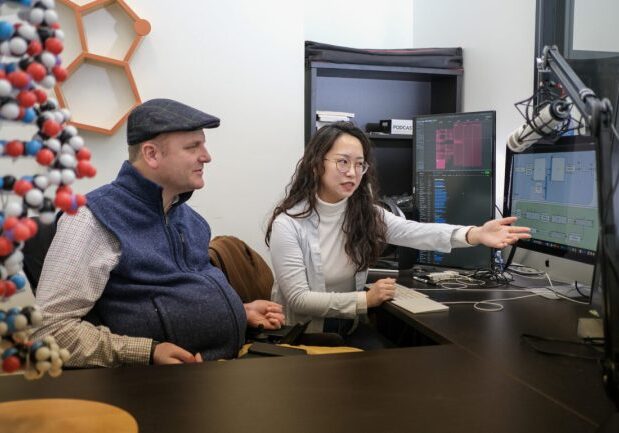
U of T Engineering researchers use generative AI to design new viral vector subspecies for gene therapy delivery
Method for protein design, developed by Professor Michael Garton (BME) and Suyue Lyu (BME PhD candidate), could improve the efficacy of gene therapy

Professor Milica Radisic elected Fellow of the U.S. National Academy of Inventors
NAI Fellows Program honours the achievements of outstanding academic inventors
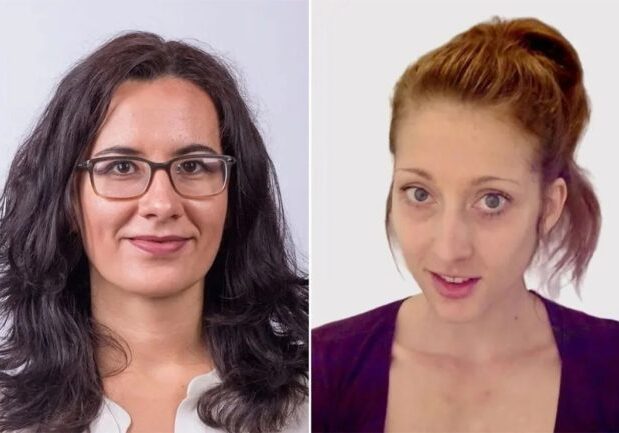
With heart-on-a-chip, researchers study genetic mutation underlying cardiac muscle disease
Device used to observe the effects of a sodium channel mutation that disrupts regular electrical activity in the heart

‘Teaching science and engineering as it is done’: Meet Professor Freeman Lan
Professor Lan’s research goals include understanding and engineering the human gut microbiome
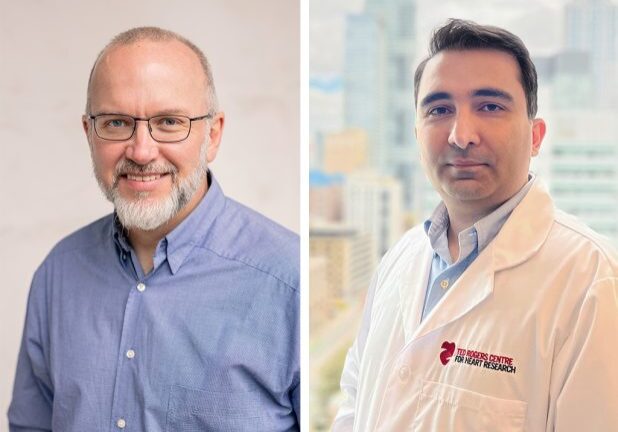
U of T Engineering researchers develop new method for engineering soft connective tissue
Novel approach, developed by Professor Craig Simmons (BME, MIE), Bahram Mirani (MIE PhD candidate) and collaborators, leverages computational modelling, statistical optimization and Melt Electrowriting
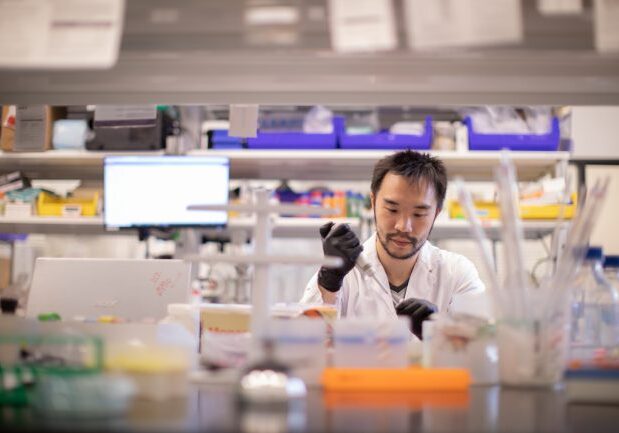
‘DNA origami’ may bring researchers one step closer to a cancer vaccine
Professor Leo Chou (BME) has developed a new way to visualize 3D nanostructures made of human DNA under the microscope
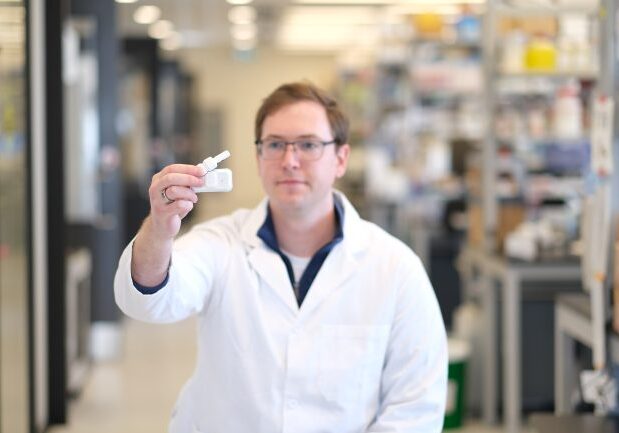
New wearable medical device aims to redefine cardiovascular monitoring
Professor Daniel Franklin (BME) is collaborating with researchers from Northwestern University on the device



